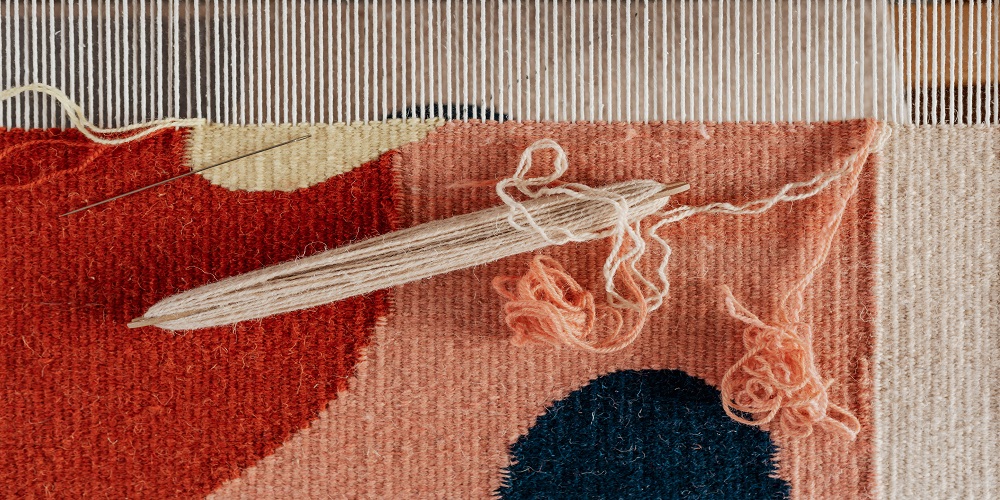Carpet patching is a simple process that anyone can do. You don’t need to be a professional carpet installer or carpenter, but you need some basic skills and tools to complete this project. Once you’ve mastered the basics of carpet patching, there are plenty of ways to implement your new skills!

Evaluate the damage.
Check for any stains on your carpet that spills or accidents could cause. Be sure to clean up any stains before you begin working on them, so they don’t ruin your work!
Inspect the entire area where you’re patching so that you know what needs repair and what does not. For example, you may have some holes in some areas but still want other parts of it left untouched because they’re not damaged enough yet; this is okay since all parts are still intact enough for us to put a patch over them instead of replacing them entirely with new ones from scratch which would likely cost more money.
Cut out the damaged area.
You can use a sharp knife to cut the damaged area. A utility knife is also helpful for this purpose. Finally, you can use a carpet knife or razor blade to cut the damaged area. If you have an electric hand saw, it will be easier to make holes in your carpet without damaging its appearance too much.
Replace the carpet pad if needed.
Carpet pads are sold in different sizes and shapes depending on the type of flooring used. If your carpet pad is too small, you can use a tape measure to check the size of your existing carpet.
Match the color and style of the carpet.
The next step is to patch your carpet by matching the color and style of the carpet. However, if you can’t get an exact match in one area, try to ensure that other areas are similar. It will help create a uniform look throughout your home.
Prepare to seam the patch.
It would be best if you prepared to seam the patch. First, you will need to apply a seam sealer along the edge of your carpet, then use tape to hold it in place while installing it. It can be done with a glue gun, an ironing board, and a pressing tool. Once your seam is applied and taped down securely, proceed with installing your new carpeting.
Apply seam sealer.
As you are applying the patch, it’s important to remember that the seams will be covered by seam sealer. It is a liquid applied to the edges of your patch and dries into place. If this step isn’t done correctly, your carpet will come loose again!
Iron new carpet in place.
Ironing helps the carpet to lay flat and look professional, as well as to ensure that it doesn’t fray or pull away from its backing during installation. Ironing can be done by hand or with a steamer attachment.
Install carpet on the patch.
Use a seam roller to smooth the carpet, pressing it down with your hands if necessary.
Conclusion
It is essential to keep in mind that the success of a carpet patch depends on your skills and expertise. Always try to tackle a job that is manageable for you. Carpet repair is not complicated. It can be done with a little effort and skill, and the results are worth the effort. The results will last for years to come, so don’t hesitate!
